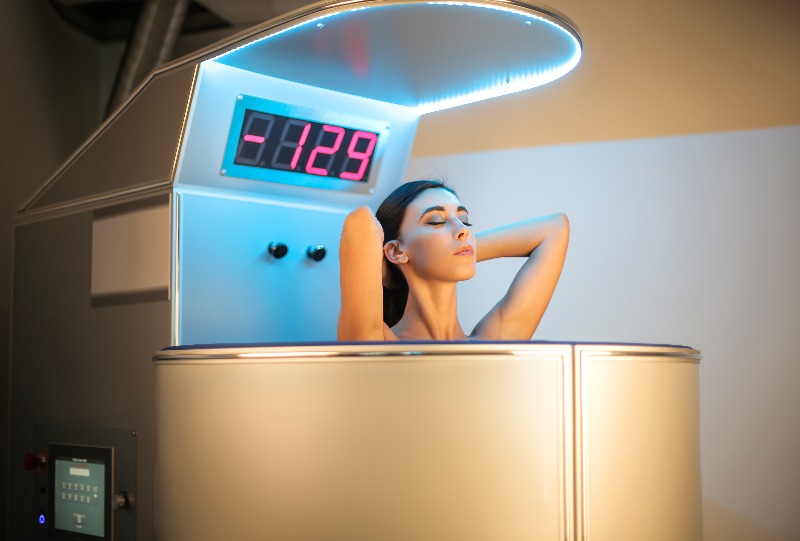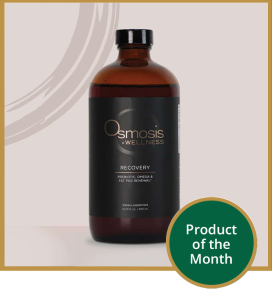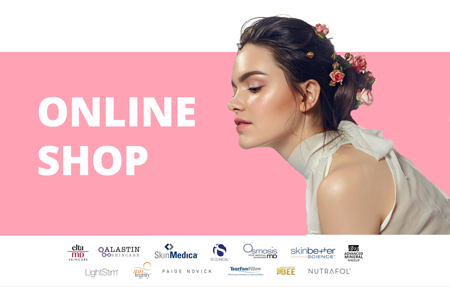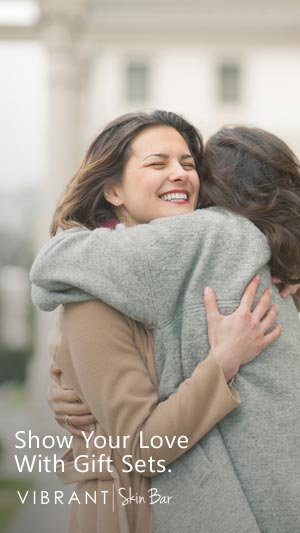Cryotherapy is a method of treating a medical condition by exposing the body to extremely low temperatures.
Ice and cold water have been used to treat injuries for thousands of years. Today we have an innovative cold therapy method called whole-body cryotherapy that is rapidly gaining momentum, especially in North America. Cryotherapy involves spending two to four minutes in an enclosed chamber exposed to air below 212ºF, with only the head above the freezing area.
Let’s explore ten potential cryotherapy benefits.

What Are the Benefits of Cryotherapy?
Cryotherapy is touted as very beneficial for a range of medical conditions, from sports injuries to dementia. There have been several studies in the past that confirm the healing potential of cryotherapy. However, no comprehensive study has been conducted yet, as it is only recently that this method became very popular for its healing properties.
While it’s uncertain whether cryotherapy provides functional recovery or subjective impression of being healed, this method is quickly gaining momentum, especially in sports and health & beauty industries.
Here are some of the benefits observed by scientists, cryotherapy providers, and patients.
1. Cryotherapy Aids the Treatment of Skin Conditions and Reduces Signs of Aging
Cold therapy has been used in medicine for skin conditions since the 19th century. Doctors used liquid air, liquid oxygen, carbon dioxide, and liquid nitrogen to treat warts, herpes zoster, skin cancers, and a variety of other skin diseases.
Localized cryotherapy is an established form of treatment for skin diseases, but it is also gaining popularity as an anti-aging treatment. User experience shows facial cryotherapy sessions speed up cell turnover (shedding of dead skin cells and creation of new cells), increase collagen production, and tighten sagging skin on the face and neck.
Numerous studies show that cold therapy reduces inflammation and oxidative stress and improves blood circulation, which enhances the skin.
Note: Learn what are the benefits of collagen for the skin and how to restore this protein.
2. Cryotherapy Benefits Weight Loss
Cryotherapy burns 500-800 calories in several minutes. The body is exposed to extreme changes in temperature, from normal to freezing, and the organism works hard to keep the body warm. During the process, it uses an increased amount of energy, resulting in calorie burn. Regular cryotherapy sessions, in combination with regular exercise and healthy dieting, promote weight loss. Several small studies support this evidence.
In a retrospective study on the effects of cryotherapy on weight loss, researchers recorded the participants’ waist circumference, body weight, and body mass index before and after the treatments. They concluded that a single cryotherapy session leads to a significant loss of tissue volume, while multiple sessions lead to a decline in adipose tissue (i.e., body fat).
In another study on how cryotherapy affects the gut microbiota, data showed that the treatment increases insulin sensitivity and energy expenditure, leading to fat loss.
3. Cryotherapy Reduces Inflammation
Inflammation is a sign of infection or injury. Chronic inflammation can lead to more serious diseases.
The results of clinical trials suggest that whole-body cryotherapy increases the production of anti-inflammatory proteins and decreases pro-inflammatory cytokine levels, reducing inflammation. The anti-inflammatory effect is explained through vasoconstriction at muscular level. When the body is subjected to freezing temperatures, the blood vessels constrict, and less blood flows to the inflamed area, temporarily numbing the pain.
However, only a few trials have been conducted with humans, so more research is needed to confirm the effects of cryotherapy on inflammation.
Note: Check out our guide on how to reduce inflammation for 14 alternative methods and treatments.
4. Cold Therapy Controls Migraine Symptoms
Migraines are extremely painful headaches without a known cure. Limited research and anecdotal evidence show that cold therapy can reduce migraine symptoms, especially if the therapy is applied at the onset of symptoms. The logic behind it is that freezing temperatures cool down the blood passing through the neck arteries to the head, reduce inflammation, and numb the migraine pain.
A randomized control study looking at the effectiveness of targeted neck cooling on migraine patients found that the cooling of carotid arteries significantly alleviated migraine pain. However, it is still inconclusive why and how cold therapy helps. Additionally, there is no clinical trial looking at the effects of whole-body cryotherapy on migraine headaches.
5. Cryotherapy Reduces Pain
Cryotherapy is a widely adopted method of reducing pain, especially after surgery. Because blood vessels constrict at low temperatures, the decreased blood circulation results in temporarily numbing the sensation of pain.
In a review and analysis of 25 human studies in the last two decades on the effects of cryotherapy on chronic pain, the authors concluded that local and whole-body cryotherapy shows promising results in reducing chronic pain, including arthritis and rheumatoid arthritis. They also found that the treatment is safe for suitable cryotherapy candidates.
However, the patients should continue using prescribed medication for their condition. Cryotherapy is recommended as a supplementary treatment for temporary pain relief.
Cryotherapy is particularly popular in sports medicine because patient experience shows it helps the body recover from sports injuries (trauma, muscle overuse), promotes body rejuvenation, and numbs pain.
6. Cryotherapy Improves Joint Mobility
Whole-body cryotherapy is also showing great potential in treating painful joints. Some of the most common causes of painful joints and issues with joint mobility are arthritis and sports injuries. Apart from shots and surgery, joint disorders are successfully treated with localized cold therapy that provides temporary pain relief.
A randomized trial in 2013 looking at the treatments for patients with adhesive capsulitis of the shoulder, characterized by shoulder stiffness and pain, showed significant improvement in patients’ joint mobility after the introduction of whole-body cryotherapy to the treatment.
7. Whole-Body Cryotherapy Helps with Mood Disorders
In 2021, a group of scientists conducted a systematic review and analysis of all available studies, including six randomized control studies, on the effects of cryotherapy on mental health. One of the reviewed studies followed a group of people with anxiety and depression disorders who used whole-body cryotherapy as a treatment method. The study showed a great reduction in symptoms in the participants, suggesting cryotherapy may help with mood disorders.
A more recent randomized control study from 2020 looked at 92 adults diagnosed with depressive symptoms who were exposed to ten cryotherapy sessions. The results provide evidence that whole-body cryotherapy helps with mood disorders, especially depression, and can improve the patients’ quality of life.
After subjecting the body to freezing temperatures, the body produces increased levels of adrenaline and endorphins (the “happy hormones”), causing the body to feel energized and elevated. The effects are short-term, but repeated sessions may prolong the sensation.
Note: Learn how cryotherapy differs from ice baths, and how the two treatments help enhance mood.
8. Cold Therapy Helps with Oxidative Stress
Scientists believe that oxidative stress plays a big role in the development of many diseases, such as multiple sclerosis, Alzheimer’s, Parkinson’s, chronic kidney disease, etc. Since cryotherapy produces antioxidant responses in the body, it may help mitigate oxidative stress linked to numerous medical conditions.
A comparative study on the effects of whole-body cryotherapy on oxidative stress in patients with depressive multiple sclerosis showed a significant increase in the patients’ total antioxidant status after cryotherapy. Another clinical trial looked at the effects of cryotherapy on oxidative stress in healthy men, and the researchers reached the same conclusion: the treatment significantly decreases the concentration of most oxidative stress parameters.
9. Cold Therapy May Prevent Dementia and Alzheimer’s Disease
Scientists are still looking for the cause of Alzheimer’s, but many types of therapy can mitigate the symptoms of dementia. Since it is believed that oxidative stress and inflammatory responses trigger Alzheimer’s, and cryotherapy is thought to reduce oxidative effects and inflammation, it may present a powerful way to prevent this debilitating disease. Anecdotal evidence thus far shows improvement in the patients’ cognitive functions and memory after cryotherapy.
Preliminary research on how cryotherapy affects cognitive decline shows it may be useful as a supportive therapy for mild cognitive impairments. However, more research is needed to confirm its beneficial effects.
10. Cryotherapy Treats Low-Risk Tumors
Cryotherapy is an established medical practice for removing different types of tumors, from skin warts to precancerous conditions of the cervix. Skin tumors are treated locally, and internal tumors are treated with cryosurgery.
As for whole body cryotherapy, there are no studies that show its effectiveness in preventing tumors. Since there is strong evidence of anti-inflammatory effects of cryotherapy, it may indirectly prevent cancer by preventing chronic inflammation.
How Often Should You Do Cryotherapy?
The optimal frequency of cryotherapy sessions depends on the patient’s health, daily activity level, and individual health goals. Even one session can provide positive results (e.g., improve your mood and reduce pain), but most patients see substantial results after several sessions.
The therapy is safe to use twice a day for professional athletes, while most other patients achieve their goals with two to three weekly sessions.
Conclusion
Cryotherapy is an innovative healing method that may provide numerous health benefits to the body.
Considering it became so popular only recently, there’s no comprehensive study on cryotherapy. Anecdotal evidence shows that patients are very satisfied with the procedure, and most feel the therapy’s benefits.




